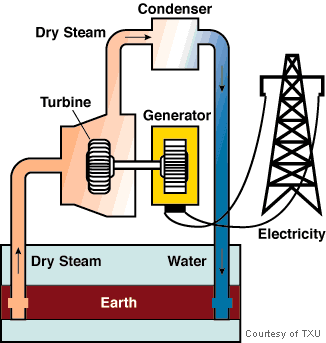Over the last week or two, our class covered all Three of Newton's Laws of Motion. We learned about his laws by performing two in class labs, doing a ton of practice problems, and from in class notes.
Our first lab was the
HOVER DISC lab. In this lab we went down into the gym foyer and performed several different scenarios using a hover disc. In groups of three we looked at these different scenarios to see what kind of forces were taking effect. The picture below is an example of what my group and I did in the gym foyer. Also the two diagrams are the forces taking effect in this specific scenario. This lab allowed us to examine
Newton's Third Law of Motion. This law states that when
two objects interact, they exert equal and opposite forces on each other.
Interaction Diagram
An interaction diagram, like the one below,
allows us to analyze ALL the force on MANY objects. For example Person 2 is pushing the disc, meaning that
Fn( Normal force) is taking place and there is
Fg( Gravitational Force) between the disc, person 2, person 1, and the Earth.
Free Body Diagram
A free body diagram, like the one beneath the interaction diagram,
allows us to take analyze ALL forces on ONE object. In this free body diagram we are looking more closely at the disc and the types of forces being applied on it. A free body diagram allows us to show the magnitude and direction of the forces being applied, which really helps when your trying to solve an acceleration problem.
After we performed another lab, a Fan Cart Lab. In this lab our goal was to find the relationship between mass, acceleration, and force. We did this by turning on a Fan Cart and letting it hit against a piece of aluminum on a force probe in order to get a constant force of about 2N( newtons).
Next we used the logger pro program on the computer to get a time vs velocity graph. This graph gave us the slope of the change in velocity over the change in time which happens to be acceleration.
Then we added a series of weights on the fan cart to help us find the relationship between acceleration and mass. We realized that mass and acceleration are inversely proportional then we asked ourselves " what if we multiplied these mass and acceleration together," so we tried it out.
Once we multiplied them together we were shocked to find out that it equaled the constant force we got during the beginning of the lab which as 2N. This helped us derive and equation the relates mass, acceleration, and force which is:
Force = (mass) (acceleration)
Later as we took notes in class, we found out that the equation above is also Newton's Second Law of Motion. We can also understand Newton's First law of Motion by looking back at both of these labs. His first law states that an object at rest or traveling at a constant speed will continue to do so, unless a net force acts on it. Now just to recap everything we learned and sum it up,the picture below describes all three of Newton's Laws of Motion.
~Real World Connection~
A real world situation where all three of Newton's Laws take place could be a soccer game.
Newton's First Law of Motion: A soccer player could kick a ball and it will keep going straight unless another player hits it or the friction between the ball and the earth reduces the ball's acceleration.
Newton's Second Law: Just kicking the ball itself could be an example for this law but to make things interesting soccer could also demonstrate how mass and acceleration are inversely proportional. If it were to rain the soccer ball would get heavier( increase in mass) making it harder for a soccer player to kick the ball farther or faster (decrease in acceleration)
Newton's Third Law: If a soccer ball hits a soccer player they would both exert the same but opposite amount of force. The reason why the ball bounces off the soccer player though is due to the difference in mass between the two.







.PNG)




